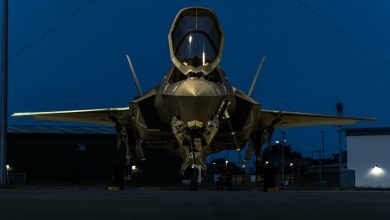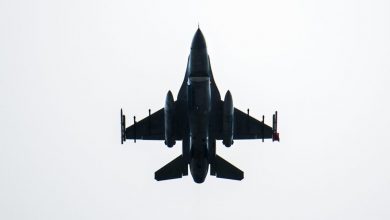‘Hidden galaxies’ could be smoking gun in universe riddle

Astronomers have peered back in time to find what looks like a population of “hidden” galaxies that could hold the key to unlocking some of the universe’s secrets. If their existence is confirmed it would “effectively break current models of galaxy numbers and evolution.” The possible galaxies may also provide the missing piece of the puzzle for the energy generation in the universe in infrared light.
That’s because their combined light would be enough to top-up the energy budget of the universe to the maximum we observe, effectively accounting for all remaining energy emissions at these long wavelengths.
Possible evidence of the galaxies’ existence was detected on the deepest ever image of the universe at long far-infrared wavelengths, which features almost 2,000 distant galaxies and was created by a team of researchers led by STFC RAL Space and Imperial College London.
Dr. Chris Pearson, from STFC RAL Space, is lead author on one of two papers published in Monthly Notices of the Royal Astronomical Society.
He said, “This work has pushed the science with Herschel to its absolute limit, probing far below what we can normally discernibly see and potentially revealing a completely new population of galaxies that are contributing to the very faintest light we can observe in the universe.”
The team behind the research created their deep view of the universe by stacking 141 images on top of each other using data from the SPIRE instrument on the Herschel Space Observatory, a European Space Agency mission which ran from 2009 to 2013.
The resulting Herschel-SPIRE Dark Field is the deepest ever image of the far-infrared sky—five times deeper than the previous single deepest Herschel observation and at least twice as deep as any other area in the sky observed by the telescope.
Placing the images on top of each other allowed astronomers to see the dustiest galaxies, where most new stars are formed in the cosmos.
It also enabled them to track how the number of galaxies changes with brightness and to measure the contribution each one makes to the total energy budget of the universe.
However, the image was so deep and detected so many galaxies that the individual objects began to merge and become indistinguishable from each other.
This made extracting information challenging, according to Thomas Varnish, a Ph.D. student at the Massachusetts Institute of Technology (MIT) and lead author on the second paper.
“We employed statistical techniques to get around this overcrowding, analyzing the blurriest parts of the image to probe and model the underlying distribution of galaxies not individually discernible in the original image,” said Mr. Varnish, who carried out most of his research as a summer intern at Imperial College London and RAL Space.
“What we found was possible evidence of a completely new, undiscovered population of faint galaxies hidden in the blur of the image, too faint to be detected by conventional methods in the original analysis.
“If confirmed, this new population would effectively break all of our current models of galaxy numbers and evolution.”





